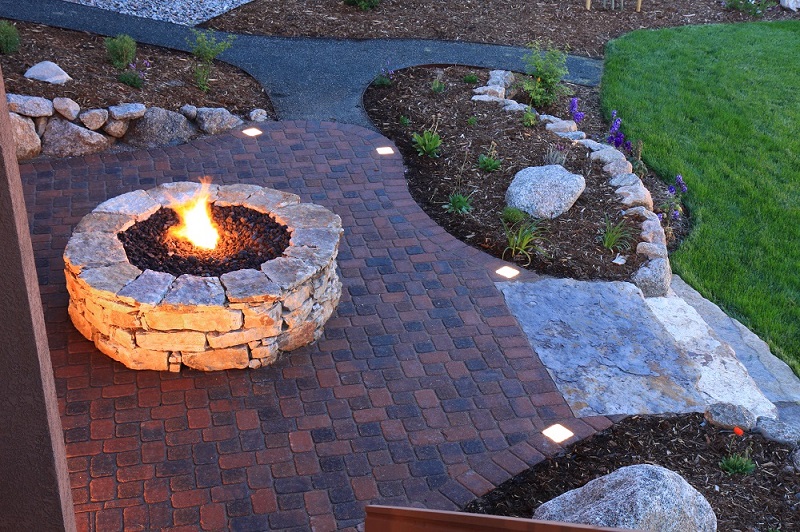In the years gone by a home designed by an engineer was considered in complete if a garden or a veranda was not being considered. Building a garden affords a sense of tranquility to your home, indeed giving you the touch of home coming each day, as you return from a stressful day’s work. You may choose to either have the garden designed through the drive way or in your backyard; largely the use of pavers is employed to guide the guiding pathways to the plants and shrubs in your garden.
A well-designed garden is often separated in small areas that can be paved with a sort of access route. This will allow for a methodical access or approach to the garden, while it prevents stomping into compost and moist regions of the earth. This calls for proper pathways to be installed, which will also help in erosion and hold the compost and mud together, they also help in keeping weeds at bay and afford a smart look.
There are definite alternatives to pavers such as concrete or gravel. While variations in each category can provide for a unique finish, there is a definite superior finish with garden pavers. There are different things that you could play with when it comes to garden pavers, a combination of the kind of pavers can provide a good variety, and urban arrangement to pavers can be delightful too.
Let’s Look At Some Options You May Have At Hand:
#1 Bluestone: These are extremely dense natural stones that are greatly used as pavers. They are perfect for areas of large traffic due to their sturdy nature. You can have different types of finishes on bluestone pavers.
- Thermal finish is achieved by heating the till a textured groove is realized.
- Honed finish is generally smooth and is used mostly indoor, a garden use for this finish is not recommended.
- Cleft finish does not have a uniform finish and the texture is great for outdoor settings as the sunlight would reflect of each surface differently enhancing the stone.
#2 Brick: An ideal garden paver that can be chosen from a different tone and make for a striking highlight. You could alternatively choose cobblestones that provide an ancient and authentic look.
#3 Granite pavers: These garden pavers are preferred paving materials by many, they provide a feel of presence. The fact that it is one of the easiest to maintain and clean, they are available in a small range of colors as gray, pink, black and crimson. There are various cuts and finishes that these are available in and a good permutation and combination of these can make for great designs and artwork too.
#4 Porcelain pavers: They have been in the market for a while and are catching speed today. They are lighter in weight and definitely weather resistant and easy to maintain. The color options on porcelain garden pavers include wooden, stone, and country styles. You could choose the cuts or the sizes of these as per your design; there are standard squares as well as elongated dimensions in the style of planks to give a natural wooden finishing. They are able to carry heavy loads and used in areas of dampness too, since the material is resistant to water it does not breed molds and mildew.
Each type of garden paver has its pros and cons; hence its benefits need to be studied in advance before you take your call on buying. Interlocking garden pavers are easy to install and may be on the top priority while looking for designs. Garden pavers augment the beauty of your garden and induce walks to invigorate your mind and soul.

